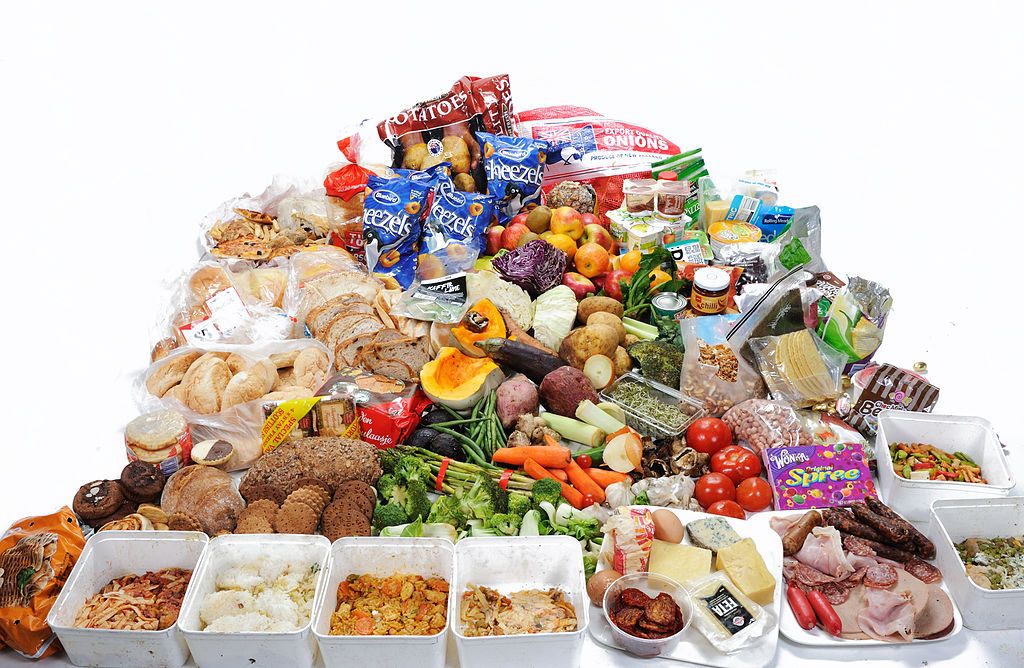California Safe Soil (CSS), the startup using food waste to make fertilizer, has raised $5.9 million in equity capital, bringing to a close the fundraising campaign that started on AgFunder last year.
CSS will use the funding to move beyond its pilot phase of development; it announced earlier this week that it’s constructing a new manufacturing facility at McClellan Business Park in Sacramento. At this facility, it will be able to recycle up to 32,000 tons of food waste each year, to produce its Harvest to Harvest (H2H) fertilizer.
Food, which can no longer be safely sold or donated, will be provided by Save Mart Supermarkets under a long-term agreement that CSS also signed this week.
“We began composting in the 1990’s, but the CSS technology is ‘Compost 2.0,’ converting our organic residuals into a valuable liquid fertilizer so that our local farm partners can grow their next crop for us to bring to market. Save Mart is proud to play a key role in making that happen,” said Steve Gaines, director of retail services at Save Mart.
The new 80,000-square foot facility is due to open during the spring of this year and will aim to produce enough H2H for 128,000 acres of local Californian farmland, according to a press release. It’ll also produce 3,200 tons of feed for sustainably-raised local California livestock and reduce greenhouse gas emissions by 74,000 million metric tons of carbon dioxide equivalent. This is the equivalent of taking 15,000 cars off the road, according to CSS.
The startup has conducted a lot of research with UC Davis, the Western Growers Association, and other growers to prove that H2H can increase productivity on the farm, Dan Morash, CEO told AgFunderNews. “That’s been a big event for us, and now we have three distributors working with us and also our own sales team. We expect demand this year to be more than three times what it was in 2015.”
Strawberry growers are a strong customer base for CSS, but leafy greens, tomatoes, almonds, walnuts and carrot growers also use H2H, which focuses on improving the quality of the soil, said Morash. He added that H2H is now being used on around 13,000 acres of farmland in California.
While there are no subsidies in place for utilizing food waste, Save Mart will pay CSS to take its waste away from a distribution center, which is only 12 miles away from the new facility. This helps Save Mart to keep disposal costs down but also means CSS can produce a good value product for farmers.
“Because our process does not produce any bad smells, solid waste or liquidity effluent, we can get permitted in urban areas. That really helps with logistics and is a key advantage of our technology,” said Morash.
Have news or tips? Email [email protected]
Image credit: Love Food Hate Waste NZ




